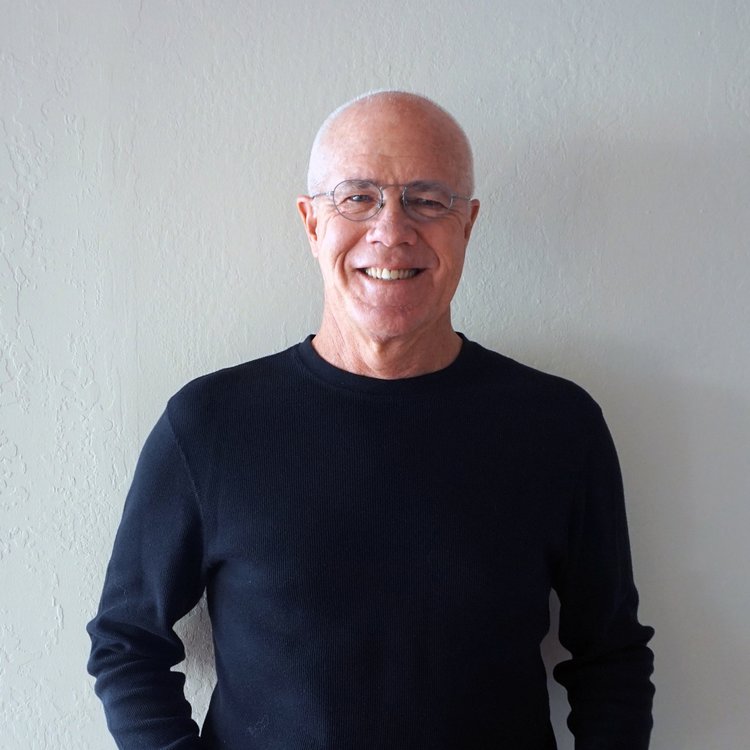First Hit: This how you make a documentary of a racing car driver.
Even if you don’t like racing, there is a chance you might like this film. I love racing and I loved watching this film and would have even embraced more racing scenes.
The Formula One drivers drive roads that might resemble roads we drive on. Monaco is the most famous. These road races, with open wheel cars, are dangerous and exciting. This film follows the story of Ayrton Senna, Brazil’s most famous driver. He won the World Championship three times in a row and had a rival in Alain Prost that would drive them both to learn more about themselves.
At the time of Senna’s reign, Brazil was having difficulty feeding and caring for its people. Unemployment was sky high and Senna was someone who was showing the world that Brazil had worth. He represented the best of Brazil.
The film uses footage from his entire career. From a go-kart driver to Formula One, we see it all. Interviews for the film were not specifically made, but there wasn’t any need. The public interviews from friends, family and fellow drivers were perfect.
The footage came from public archives and allowed this film to capture the time and events factually and realistically. It gave us a real glimpse of a man who cared about people and driving fast and fast he was.
Manish Pandey wrote some voice over and Asif Kapadia gets kudos for creating this comprehensive look at Senna.
Overall: A very watchable and enjoyable film about a man and his relationship with racing.
